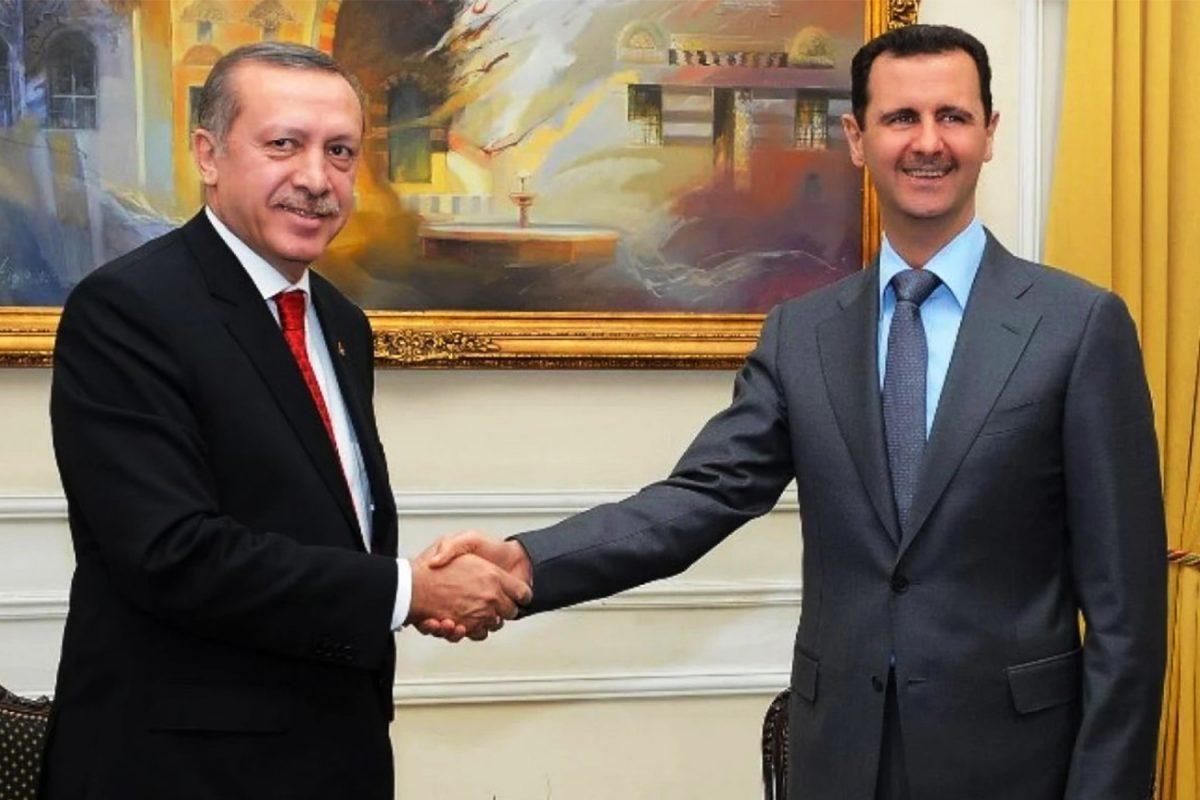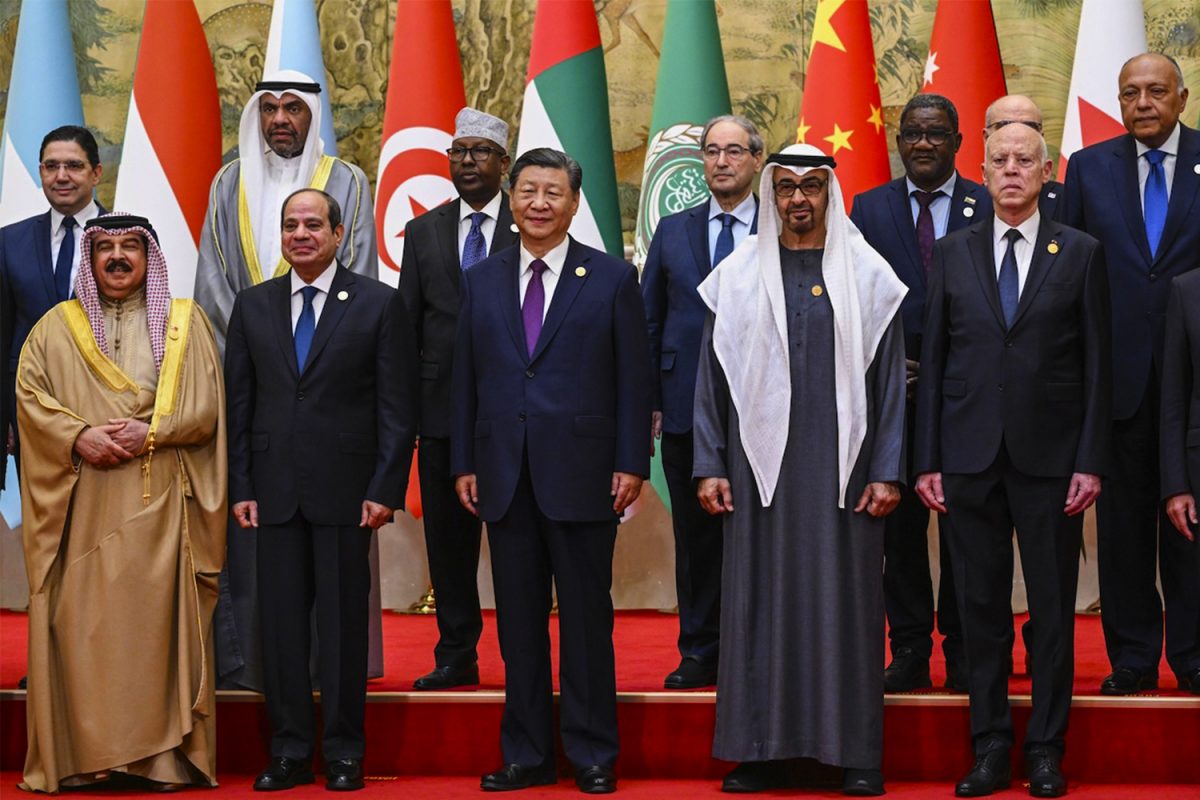The Middle East is famous for possessing the world’s largest oil reserves. The fossil commodity produces immense wealth for the region. But whilst the region possesses the modern days most strategic commodity in abundance, it lacks the very basis of human life, water. No matter how one looks at it, there is no escaping the fact that the overall picture of the world’s supply of freshwater is one of growing scarcity. Global demand already outstrips a sustainable level of supply, and, if business continues as usual, this trend will only get worse. In the Middle East the water situation has always been problematic and it has long reached crisis point
The Middle East is the most water scarce region in the world. With approximately 5% of the world’s population, it only has 1% of the world’s renewable water resources.[1] With its desert terrain the Middle East has always suffered from water shortages. The region’s arid climate makes 80% of the region a desert. The main water resources in this region, which has some 25 rivers, are precipitation, rivers and groundwater. 70% of the Arab countries rely on water flowing from non-Arab territories. According to the 2006 Arab Human Development Report (AHDR) the region basically “ran out of water in the 70s” and depends as much on water from outside the region.[2] Iran and Turkey are the only countries in and around the region that are self-sufficient in water. Other countries depend on the water of rivers, wells, and springs that flow into their land from neighbour countries.
The Euphrates and Tigris rivers run through the heart of the Middle East and have been an important source of contention between Turkey, Syria, Iraq and Iran. The lack of cooperation and coordination between these countries on sharing the mighty rivers has led to a failure to regulate their use and an overconsumption of resources. Consequently, any and all activity by upstream nations regarding the water resources carries the risk of agitating tensions with downstream countries. With no regional coordination and poor security along the rivers themselves, terrorist groups — including ISIS — have been able to use water as both a target and a weapon. Not only have they destroyed water-related infrastructure such as pipes, sanitation plants, bridges and cables connected to water installations, but they have also used water as an instrument of violence by deliberately flooding towns. 88% of the stream of the Euphrates River originates from Turkey alongside with the Tigris. The Euphrates River provides the sole reliable water supply to the east of Syria and Iraq. Upon reaching the delta of the Euphrates, Tigris, and the Karun, the Euphrates loses a lot of water and begins to go down direct to its final end, the Persian Gulf.
The Jordan River, which comprises Jordan, Syria, Lebanon, and Israel – delivers 60% of Israel’s water and 75% of Jordan’s water. Several years from the foundation of Israel, Israel found itself sharing the Jordan River with Syria and Jordan. In 1967 Israel occupied the Golan Heights as well as the West Bank, which gave it control of the sources of fresh water, in addition to its being a significant strategic military site. Currently, Israel uses water at a high rate around more than 500 cubic meters per person/year. Around 40% of its water is drained from the West Bank.
Most countries in the region face acute problems related to water scarcity that are amalgamated by the highly complex but artificial political map of the region
The Aswan Dam in Egypt effectively dammed one of the largest rivers in the world. The Aswan Dam has helped Egyptian agriculture, but since Egypt’s population has been growing the available food per capita had decreased, instead of increasing. The entire reservoir is 2000 square miles in area and 300 miles long. After the treaty between Egypt and Sudan for sharing the Nile waters, 55.5 cubic km/year was allocated for Egypt, 18.5 cubic km/year was allocated for Sudan, leaving only 10 cubic km/year for evaporation from the Aswan Lake, for a total of 84 cubic km/year.
The challenges are monumental with regards to water in the Middle East. Currently, agriculture uses 85% of water in the Middle East. The Gulf region in particular consumes over 60% of the world’s desalinated water. The UAE is using over 70% of domestic energy to supply and transport water. The cost of water in Jordan has increased in the last decade, due to a quick shortage of groundwater.
There is evidently no blueprint or solution to the challenges related to water and irrigated agriculture in the region. Most countries in the region face acute problems related to water scarcity that are amalgamated by the highly complex but artificial political map of the region. Many countries in the region are at a crossroads over their future use of water for irrigated agriculture. With the population in the region set to grow social stability and water wars may very well become a reality.




